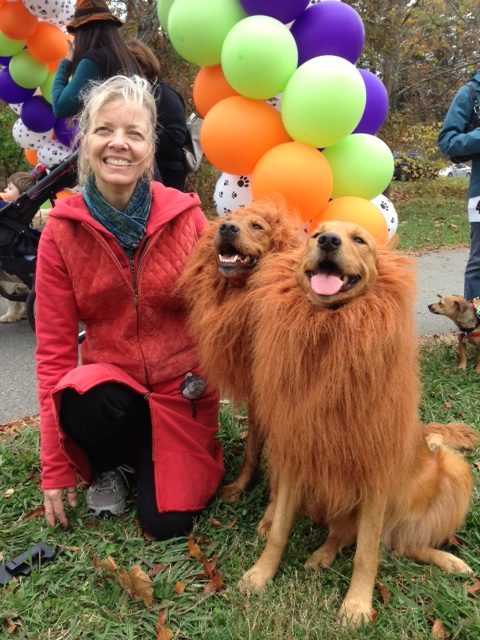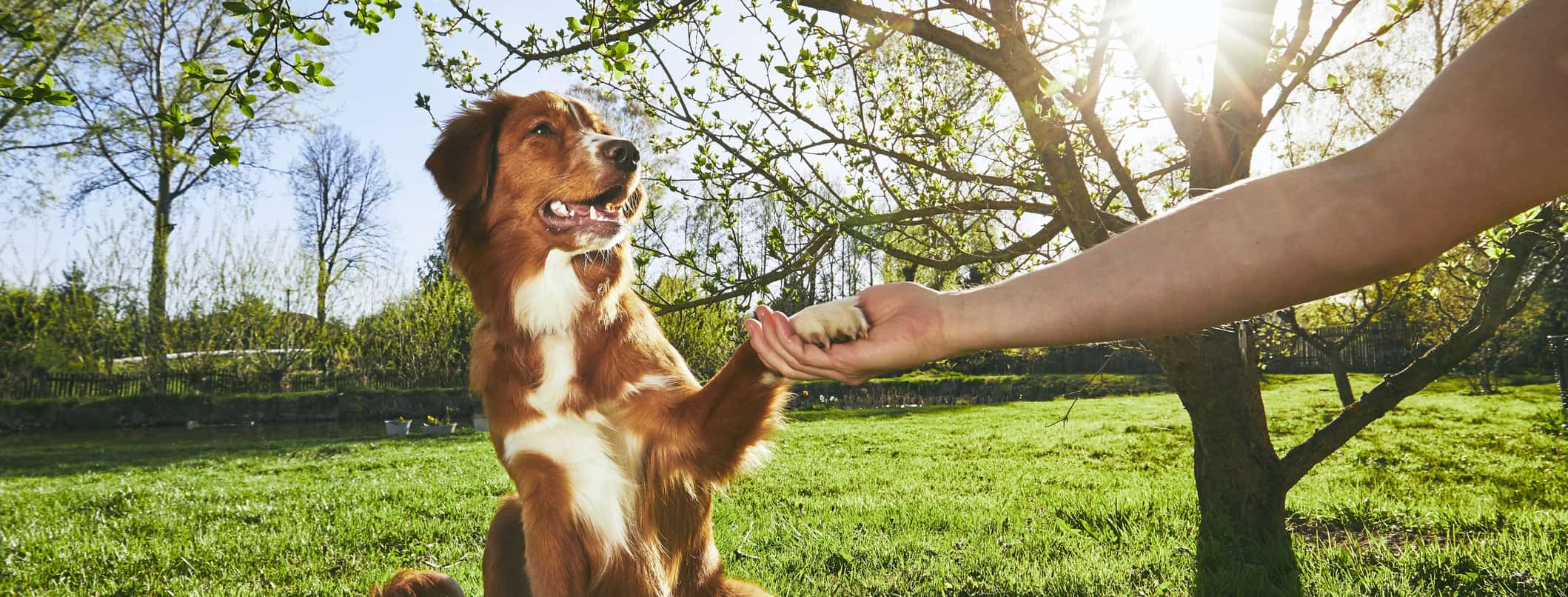Typical Behavioral Issues and Their Solutions in Dog Training
Typical Behavioral Issues and Their Solutions in Dog Training
Blog Article
Essential Tips for Successful Dog Training: A Guide for Family Pet Owners
Efficient canine training is a multifaceted process that requires a strategic strategy tailored to both the pet dog's temperament and the proprietor's goals. Understanding just how to navigate these barriers can significantly boost the training experience, eventually changing the connection in between owner and pet.
Understanding Dog Actions
Understanding pet habits is important for reliable training and fostering a harmonious relationship in between canines and their owners. Pets connect mostly via body language, articulations, and actions, making it vital for proprietors to analyze these signals properly. Recognizing a pet's pose, tail position, and ear positioning can give insights into its mood. For circumstances, a wagging tail does not always indicate happiness; it can also signify enjoyment or anxiety.

Socializing plays a substantial function in pet behavior; exposure to numerous environments, people, and other animals can significantly affect a pet's character. Furthermore, factors such as type attributes and private personality ought to assist training approaches, as some breeds may have specific behavioral characteristics that demand customized techniques. By comprehending these components, proprietors can produce a supportive atmosphere that urges positive actions, leading to effective training outcomes and a much deeper bond with their pets.
Developing Constant Commands
Effective interaction with your pet starts with establishing constant commands. This fundamental aspect of training is crucial for cultivating understanding between you and your pet. Uniformity in the commands you use makes sure that your dog can dependably associate details words or phrases with the preferred actions.
When selecting commands, pick clear, distinctive words that are very easy to say and differentiate from one another. Avoid utilizing similar-sounding commands that might confuse your pet. For example, utilizing "rest" and "stay" is suitable, but "rest" and "hit" might bring about misunderstandings.
Additionally, preserve the exact same tone and quantity for each command. Pet dogs are delicate to singing signs, so varying your tone can create confusion.
It is similarly important to guarantee that all household members are on the very same web page concerning the commands made use of. A united front in command use will avoid mixed signals and enhance the discovering procedure.
Positive Support Techniques
The power of favorable support in canine training exists in its ability to urge preferred behaviors through rewards and appreciation. This technique is based in the principle that actions adhered to by desirable results are more most likely to be repeated. By incorporating favorable reinforcement right into your training program, you can effectively form your canine's behavior in a useful way.
To execute positive support, it's important to determine what motivates your pet dog, whether it be treats, playthings, or verbal appreciation. When your dog does a desired activity, such as resting on command, right away reward them with a treat or love. This organization in between the command and the positive end result strengthens their understanding.
It's critical to timing the rewards appropriately; delivering the reinforcement within seconds of the wanted habits assists your pet dog make the link (dog training). In addition, consistency is crucial-- ensure that all household participants use the same commands and benefit systems to prevent confusion

Gradually, you can reduce the regularity of deals with as your dog learns the actions, transitioning to praise or recurring incentives. This method not only fosters a strong bond in between you and your canine however likewise advertises a favorable learning environment, making training a delightful experience for both.
Socialization and Communication
Consistently exposing your dog to a range of atmospheres, people, and other animals is vital for their social advancement. Socialization should begin early, preferably during the critical window of 3 to 14 weeks, when puppies are most responsive to new experiences. Nevertheless, older pet dogs can also gain from ongoing socialization efforts.
Present dog training your pet to various setups, such as parks, pet-friendly stores, and metropolitan areas. This exposure helps them adjust to numerous stimuli, minimizing anxiousness and anxiety feedbacks. Urge positive interactions with various other dogs and people, making sure that these encounters are safe and regulated to promote self-confidence.
Make use of organized playdates with courteous dogs, as this can boost your canine's social abilities and instruct them appropriate actions. Obedience classes pop over to these guys and training sessions additionally supply excellent possibilities for socialization, permitting your canine to connect with others in a monitored atmosphere.
Display your pet's body movement throughout interactions, as this will certainly help you assess their comfort degree. Gradually boost exposure to more tough circumstances while making sure that each experience declares. A well-socialized canine is more probable to display balanced actions, making them a delight to have in any kind of setup.
Addressing Typical Training Challenges
Every canine proprietor will certainly encounter training difficulties at some factor, no matter of their dog's age or socialization level. Recognizing usual issues such as stubbornness, distractions, and terror can aid in establishing efficient methods for renovation.

Gradually introduce distractions as the dog comes to be extra skillful in commands. Short, constant training sessions are likewise reliable in preserving interest.
Fearfulness can prevent a pet's knowing procedure. Gradual desensitization to the resource of fear, coupled with positive reinforcement, can help reduce anxiety. Perseverance is vital; never ever compel a pet dog into a scenario that triggers distress, as this may aggravate the problem.
Inevitably, understanding and dealing with these common difficulties with a structured technique will certainly foster an extra efficient training experience, reinforcing the bond in between dog and proprietor while advertising reliable knowing.
Conclusion
In recap, successful pet training depends on a thorough understanding of canine actions, the facility of constant commands, and the application of favorable support strategies. Socializing plays a crucial role in creating well-adjusted family pets, while attending to common training difficulties requires persistence and flexibility. By executing these essential approaches, family pet proprietors can foster a solid bond with their pets and promote preferable actions, eventually bring about a harmonious connection in between people and their go right here canine friends.
Recognizing pet dog habits is important for reliable training and promoting a harmonious connection in between dogs and their owners.Socializing plays a considerable function in dog behavior; exposure to various atmospheres, individuals, and other animals can dramatically affect a dog's personality.The power of positive support in canine training lies in its capacity to urge preferred actions via rewards and praise. By incorporating favorable reinforcement right into your training routine, you can effectively shape your pet's habits in a useful way.
In recap, effective canine training relies on an extensive understanding of canine habits, the facility of constant commands, and the application of positive reinforcement techniques.
Report this page